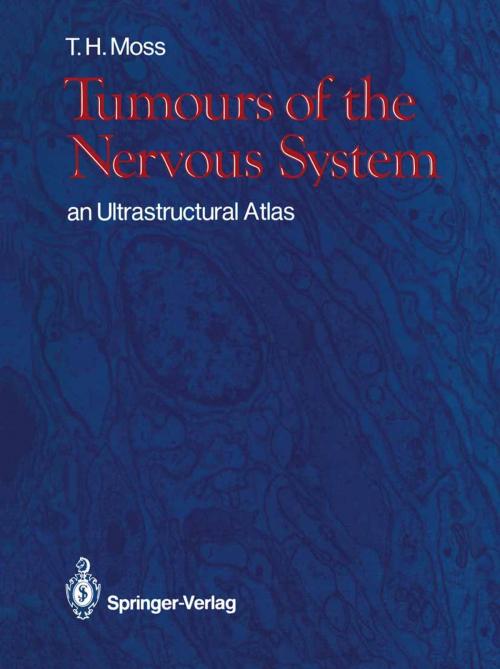Tumours of the Nervous System
an Ultrastructural Atlas
Nonfiction, Health & Well Being, Medical, Specialties, Pathology, Internal Medicine, Neurology| Author: | Timothy H. Moss | ISBN: | 9781447114260 |
| Publisher: | Springer London | Publication: | December 6, 2012 |
| Imprint: | Springer | Language: | English |
| Author: | Timothy H. Moss |
| ISBN: | 9781447114260 |
| Publisher: | Springer London |
| Publication: | December 6, 2012 |
| Imprint: | Springer |
| Language: | English |
Since the time of the earliest electron microscopic studies on tumours of the human nervous system. undertaken over 20 years ago by Luse and her colleagues. there have been considerable advances in our understanding of these neoplasms. Tissue culture and specific antibodies to tumour antigens are two of the techniques which have greatly aided such advances. enabling much to be learned about the biological properties and underly ing nature of all types of nervous system tumour. Electron microscopy. however. has continued to prove of considerable value in the investigation of these tumours. and the technological advances of the last two decades have dramatically improved the resolution and overall quality of the ultrastructural images obtained. In clinical neuropathology. such improvements have encouraged a more widespread use of the electron microscope in the diagnosis of human nervous system tumours. alongside antibody techniques and more conventional histological methods. Although ultrastructural examination is often not strictly necessary to identify well-differentiated tumours such as astrocytomas or choroid plexus papillomas. study of the electron microscopic features in such cases fre quently proves useful in the diagnosis of their more malignant counterparts. Thus the recognition of astrocytic filaments in anaplastic gliomas. or of cilia in pleomorphic choroid plexus carcinomas. may enable a diagnosis to be made in cases where there is insufficient differentiation for the tumours to be recognised at light microscopic level.
Since the time of the earliest electron microscopic studies on tumours of the human nervous system. undertaken over 20 years ago by Luse and her colleagues. there have been considerable advances in our understanding of these neoplasms. Tissue culture and specific antibodies to tumour antigens are two of the techniques which have greatly aided such advances. enabling much to be learned about the biological properties and underly ing nature of all types of nervous system tumour. Electron microscopy. however. has continued to prove of considerable value in the investigation of these tumours. and the technological advances of the last two decades have dramatically improved the resolution and overall quality of the ultrastructural images obtained. In clinical neuropathology. such improvements have encouraged a more widespread use of the electron microscope in the diagnosis of human nervous system tumours. alongside antibody techniques and more conventional histological methods. Although ultrastructural examination is often not strictly necessary to identify well-differentiated tumours such as astrocytomas or choroid plexus papillomas. study of the electron microscopic features in such cases fre quently proves useful in the diagnosis of their more malignant counterparts. Thus the recognition of astrocytic filaments in anaplastic gliomas. or of cilia in pleomorphic choroid plexus carcinomas. may enable a diagnosis to be made in cases where there is insufficient differentiation for the tumours to be recognised at light microscopic level.















